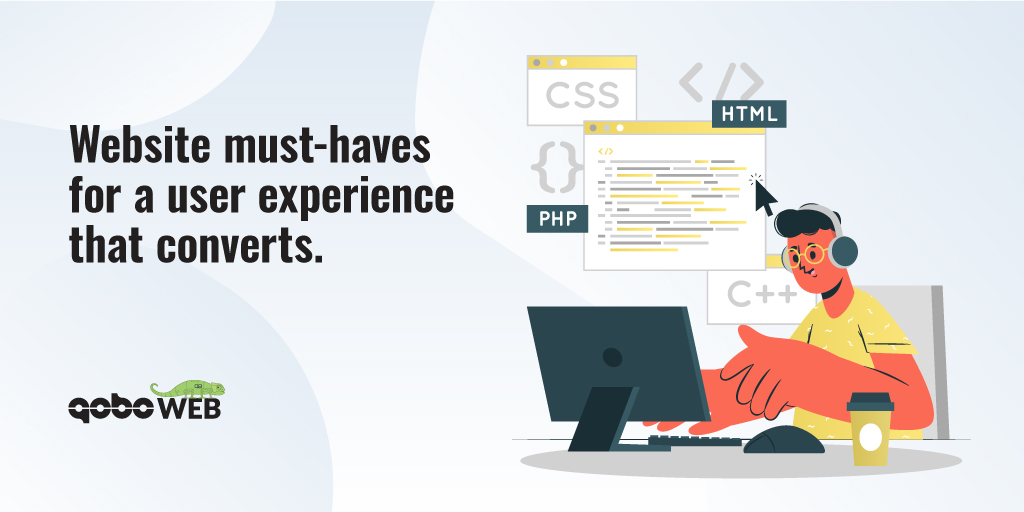A website must have the elements that deliver a strong user experience (UX) that converts. How visitors interact with your website, how easily they find what they’re seeking, and how quickly they do, impacts UX. But let’s take a closer look at the ways UX influences conversion and ultimately sales and revenue.
1. Video content
According to research by imPACT:
1. Video is expected to make up 82% of internet traffic by 2021. (Cisco)
2. 85% of consumers want to see more video content from brands. (HubSpot)
3. On average, people spend 2.6x more time on pages with video than without. (Wistia)
4. A website is 53x more likely to reach the front page of Google if it includes video. (Insivia)
With this in mind, consider introducing more video content on your website to improve UX. Tailor the videos so that they add value and are informative. Communicate your value proposition in a way that engages your audience enough to boost conversion and increase sales.
Several types of videos that people like to watch:
- Videos answering frequently asked questions (FAQs) on your products or services
- How to tutorials
- Product videos
- Videos highlighting company culture (include interviews with employees)
- Testimonial videos
Read more about why your website needs video content here.
2. Website and page speed
Site speed has become one of the most critical factors impacting UX but just as important is page speed. Page speed is the amount of time it takes for content to display on a specific page. Page speed has a big impact on user experience because visitors typically don’t stick around long enough to wait for a page to load. In fact, pages with a longer load time tend to have higher bounce rates and lower average time on page. So what can you do to mitigate slow page speed? Here’s what Moz suggests:
- Optimise images, making sure they aren’t larger than they should be and that they’re in the right format (jpeg, png, etc.).
- Enable compression, to reduce the size of your CSS, HTML, and JavaScript files that are larger than 150 bytes.
- Use browser caching
- Optimise your code (HTML, JavaScript, CSS), including removing spaces, commas, and other unnecessary characters.
Discover ways of optimising your website for SEO in this blog.
3. Navigation, readability and mobile responsiveness
Navigation across your website needs to be logical and it needs to be simple. Users need to know where to go and how to get there, quickly and easily. Content should be easy to locate and the language user friendly.
CTA’s need to be easy enough to see and understand, and compelling to attract leads. Usually in the form of buttons or links, common CTA examples include Subscribe Now, Learn More, Sign Up, Try for Free, etc.
The number of people using a mobile device to access the internet and consume content is increasing exponentially. For your website to offer a good user experience, it needs to be able to perform well on any device it’s being accessed from. Some of the ways to ensure mobile responsiveness are:
- Simplified menu structure
- Optimised images
- Buttons and links easy to see and to click on smaller screens
- Readable text without having to zoom
- Page speed (load time to be quick)
Find out whether your website is doing enough to generate leads in this article.
At QoboWeb, we design fully-functional, beautiful websites that reflect your aesthetics and retain brand integrity. Contact us here and let our team help you build a website that makes you stand out from your competitors
